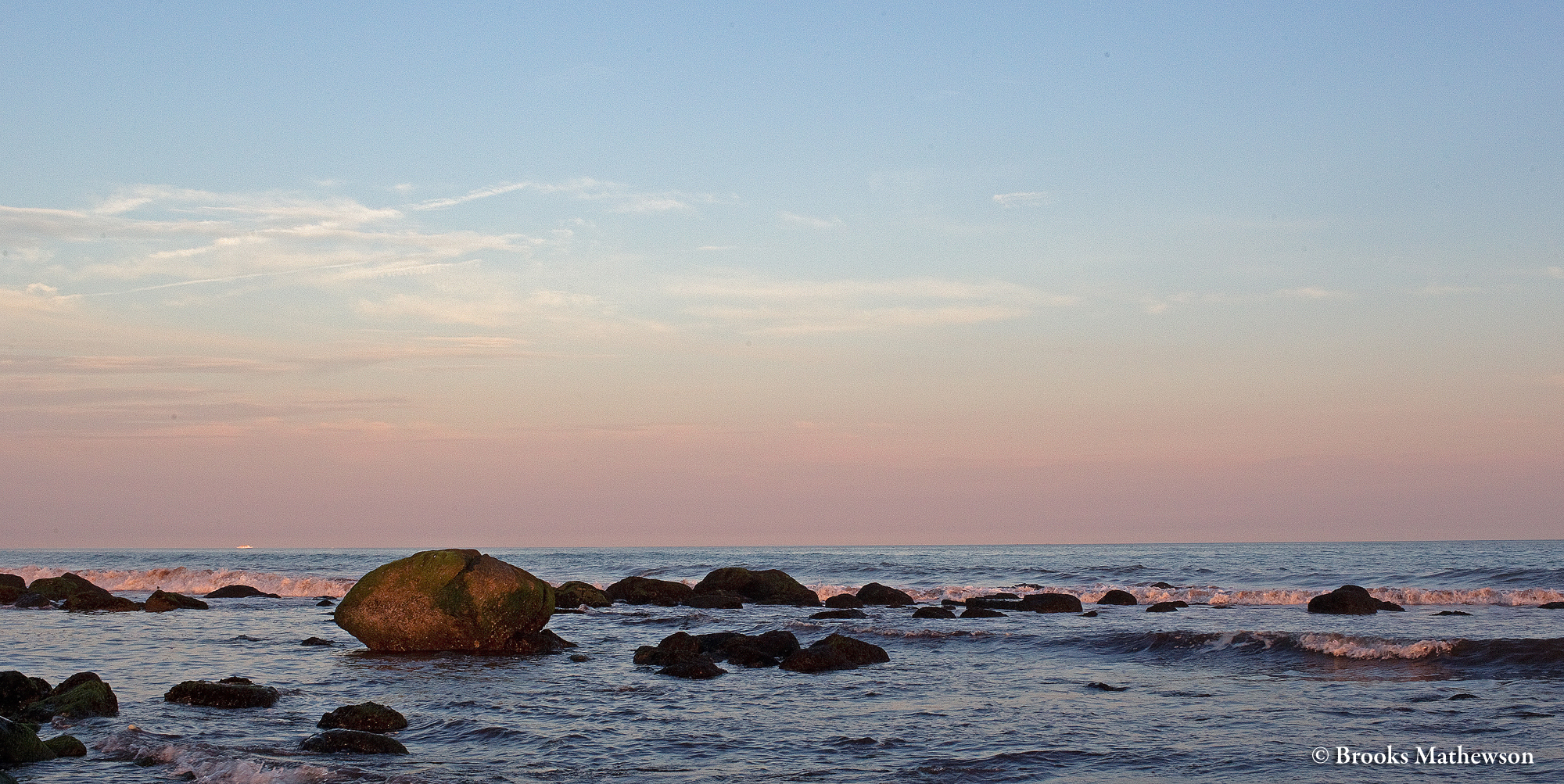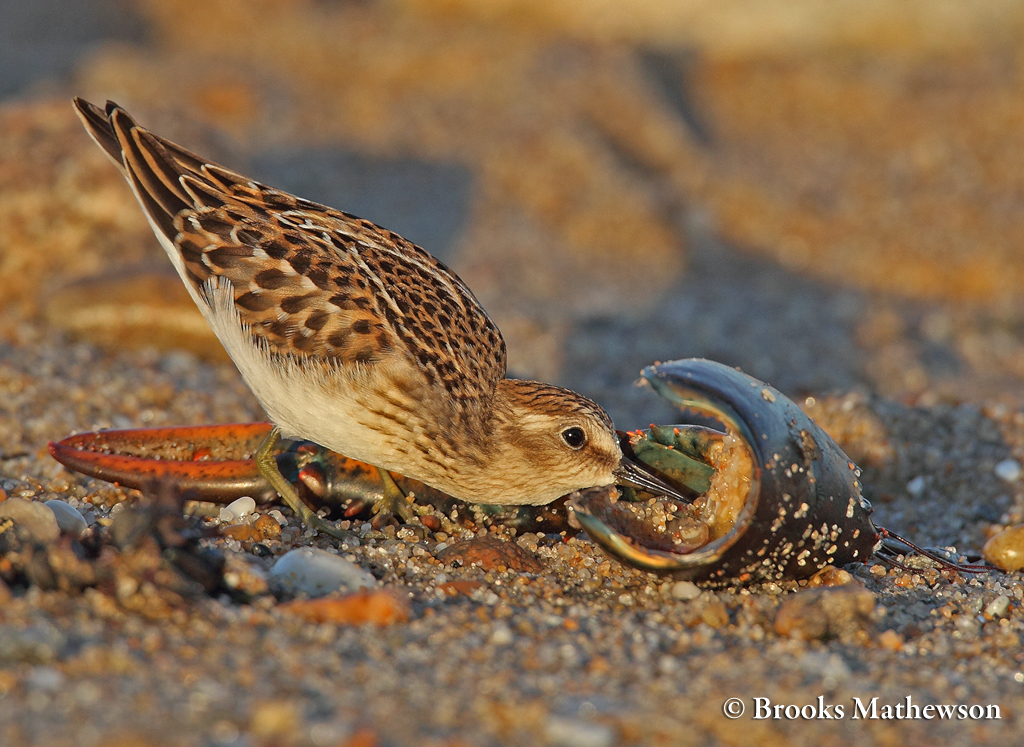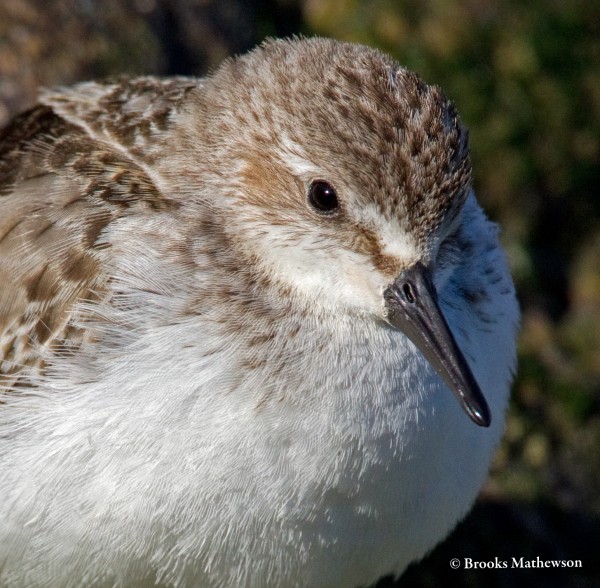
The kaleidoscope of colors found in the fall foliage as trees stop making chlorophyll and reveal a spectacular assortment of red, yellow, purple, and orange pigment is one of the great consolation prizes accompanying the loss of summer. However, there is another miracle of the natural world occurring in autumn, albeit a slightly less obvious one, fall bird migration.
Each fall millions of shorebirds, songbirds, raptors, and waterfowl stop in Rhode Island on their migratory journeys south. These birds are engaged in majestic pilgrimages of thousands of miles from breeding territories as far north as the Arctic to their wintering grounds in locales as distant as South America.
A patient observer on a fall walk along one of Rhode Island’s beaches may be treated to glimpses of more than a dozen species of plovers and sandpipers. These two major groups of shorebirds are most easily distinguished from each other by the shapes of their bills. Sandpipers have long thin bills, while plovers have short, thick bills. In addition, their behavior is another reliable tool of identification. If the bird is foraging quickly in a large group it is most likely a sandpiper. On the other hand if it is more methodical and solitary in its foraging technique it is likely a plover.
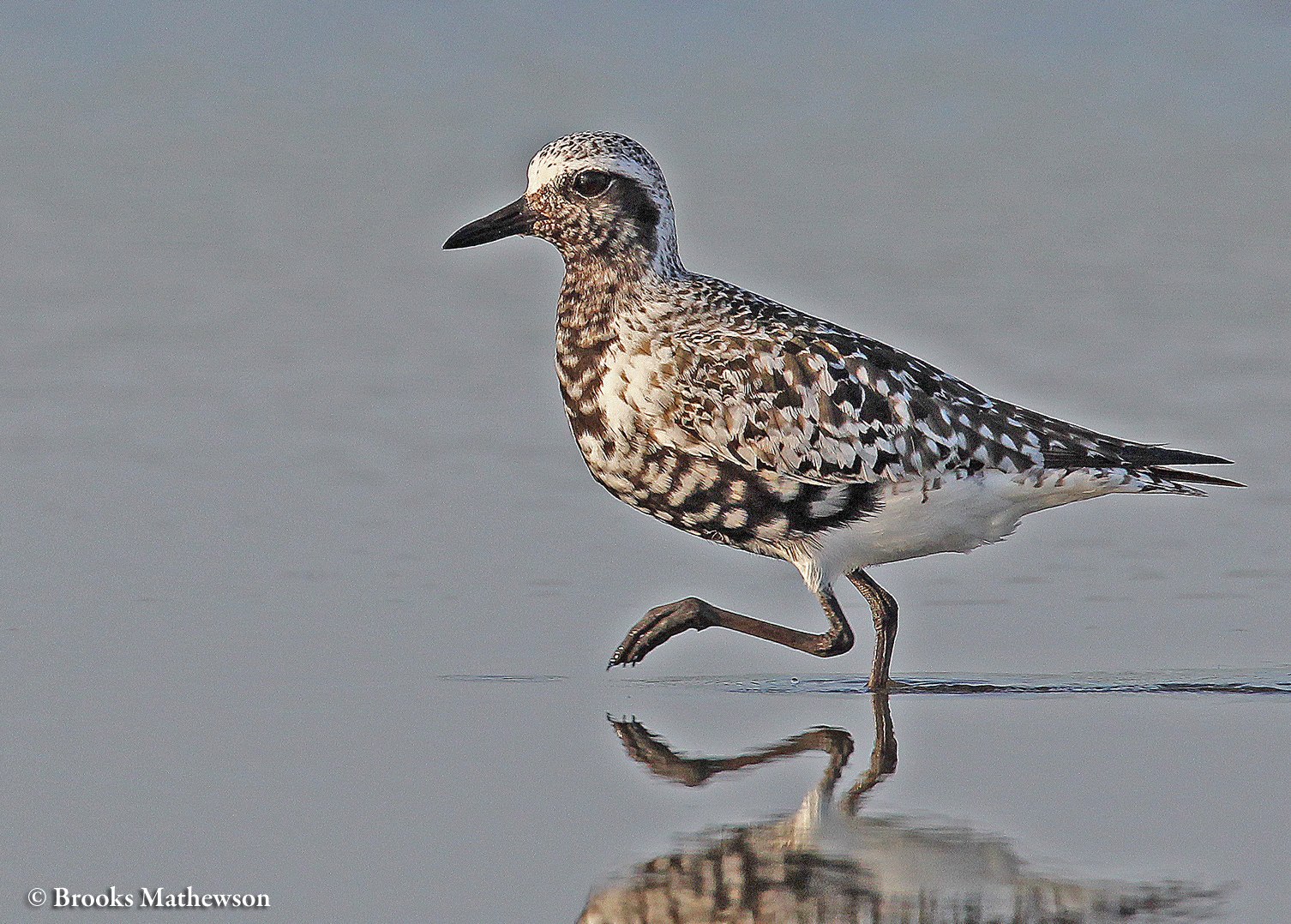
The most common sandpiper found along Rhode Island’s shores is the Sanderling. This is the bird most likely to be observed in large groups foraging at the ocean’s edge, following the surf as it advances and retreats. Sanderlings forage on small invertebrates both within the surf and in the exposed sand. While many of these birds will stay in Rhode Island throughout the fall and winter, others are merely pausing to rest and refuel before embarking on the next leg of their journey.
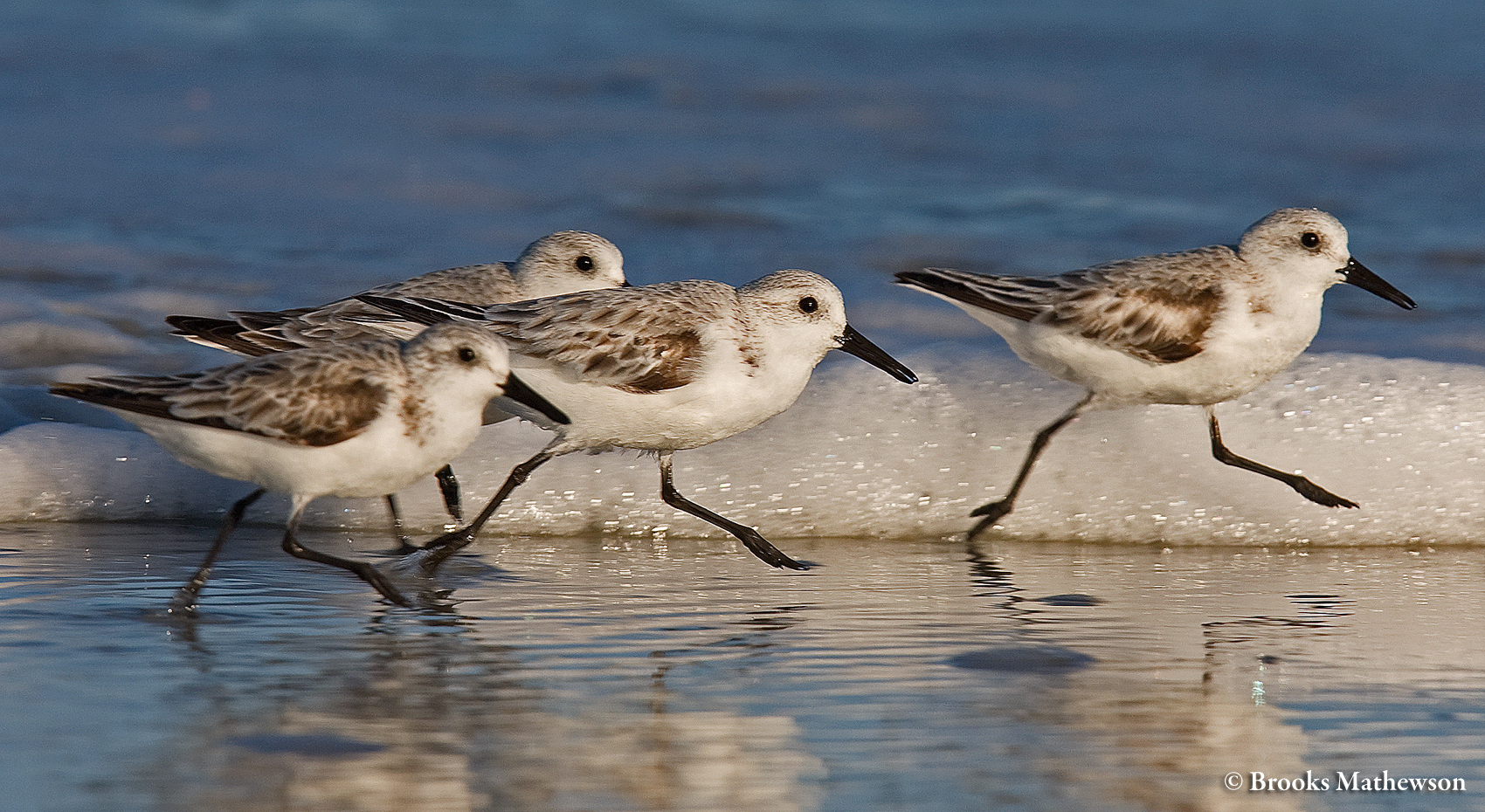
The other two sandpipers which are commonly observed along the ocean’s edge during the fall are the smaller Least and Semipalmated. These two species are similar in size and appearance, both being smaller and darker than the Sanderling. The easiest way to distinguish between these two species is by looking at their legs – the Semipalmated has black legs and the Least has yellowish legs.
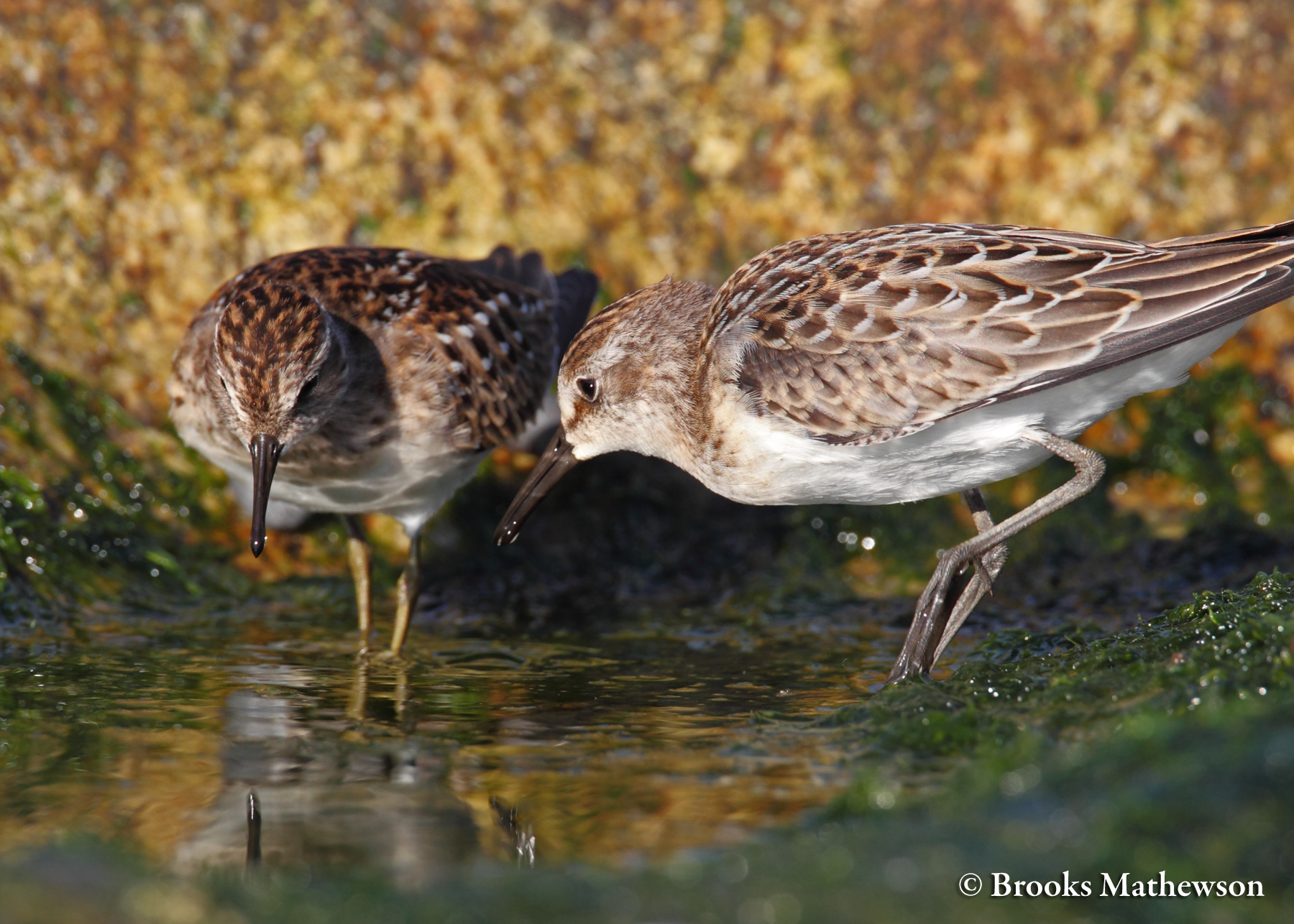
Our most common plover is the Semipalmated Plover, although it lives in relative obscurity due to the notoriety of its cousin in the genus Charadrius – the Piping Plover. Another very common visitor this time of year is the Black-bellied Plover. A larger Plover in the genus Pluvialis.
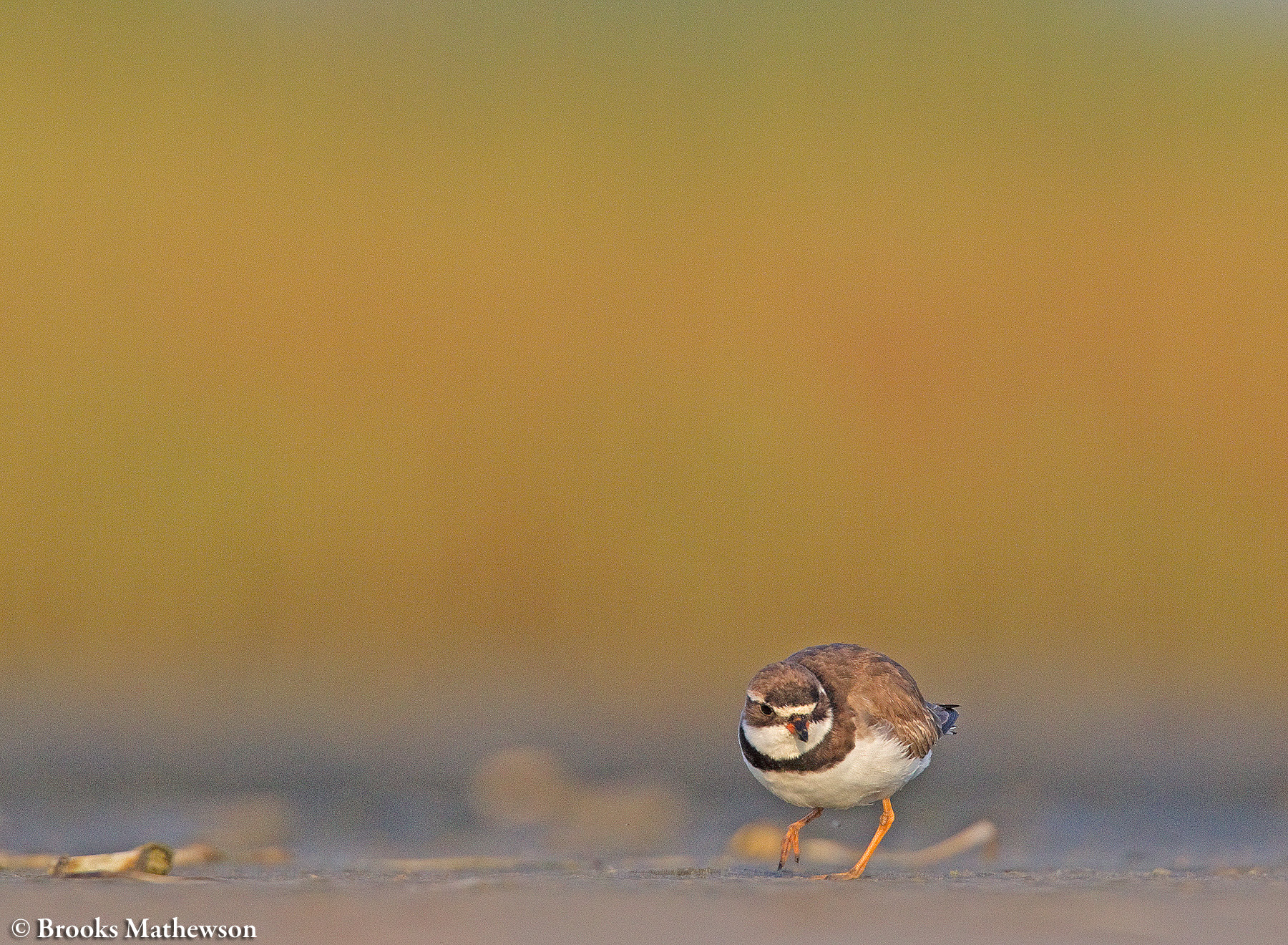
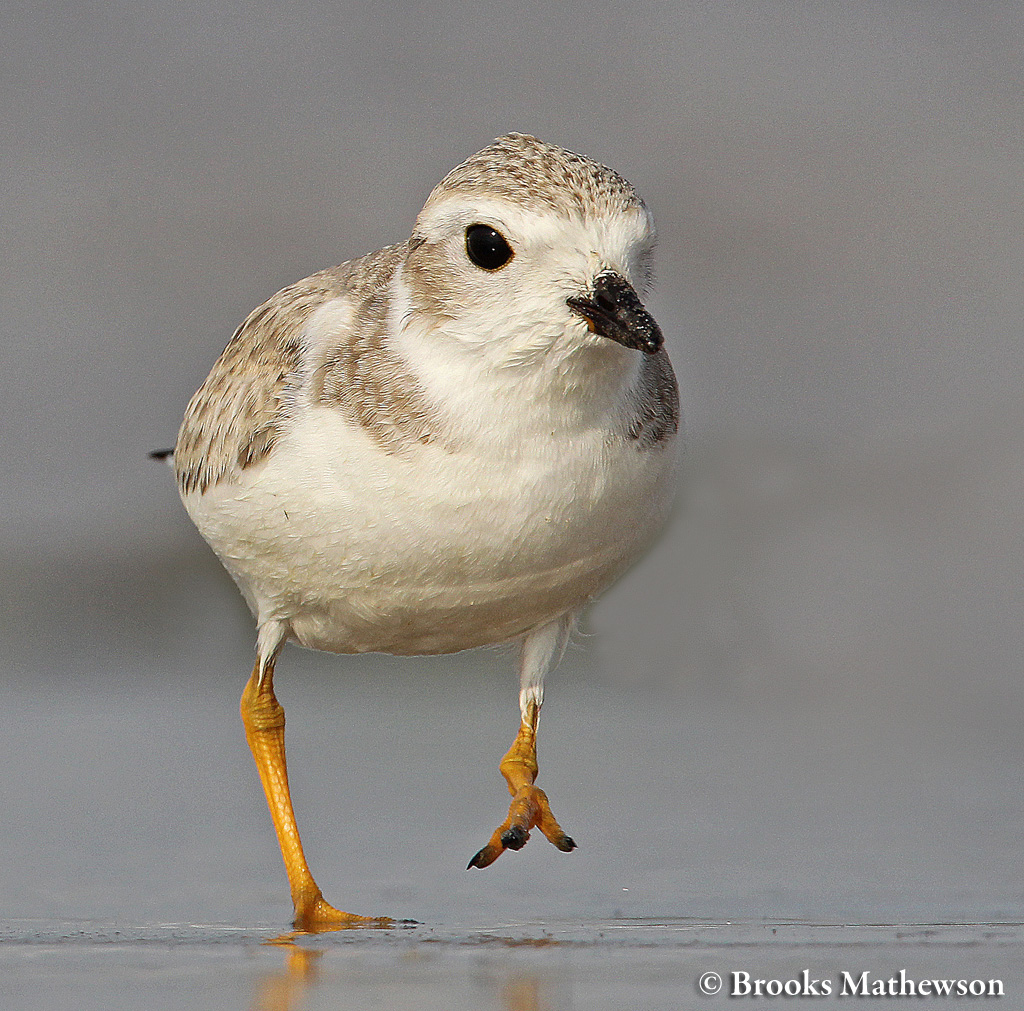
Once the common birds become familiar it becomes easier to pick out the less common migrants like the Baird’s Sandpiper, Buff-breasted Sandpiper, or Red Knot. In addition, many more shorebirds can be found in the salt marshes behind the barrier beaches.
But let’s save that for another day, I can see your eyes glazing over in the back. Just get out there and enjoy the beautiful fall weather and the salt air, and maybe stop for a minute and take a closer look at these small migratory birds passing through our state on their way to distant lands.
